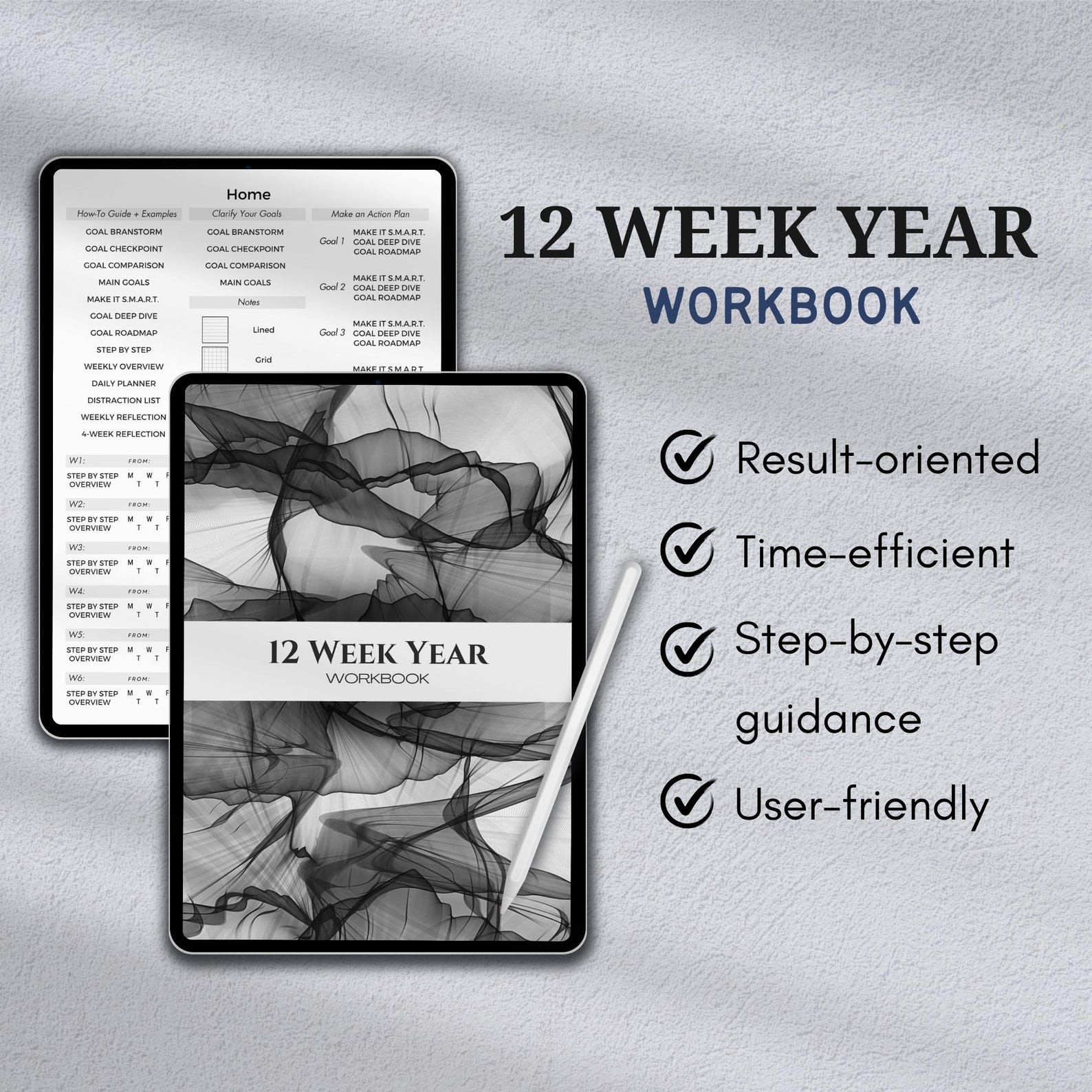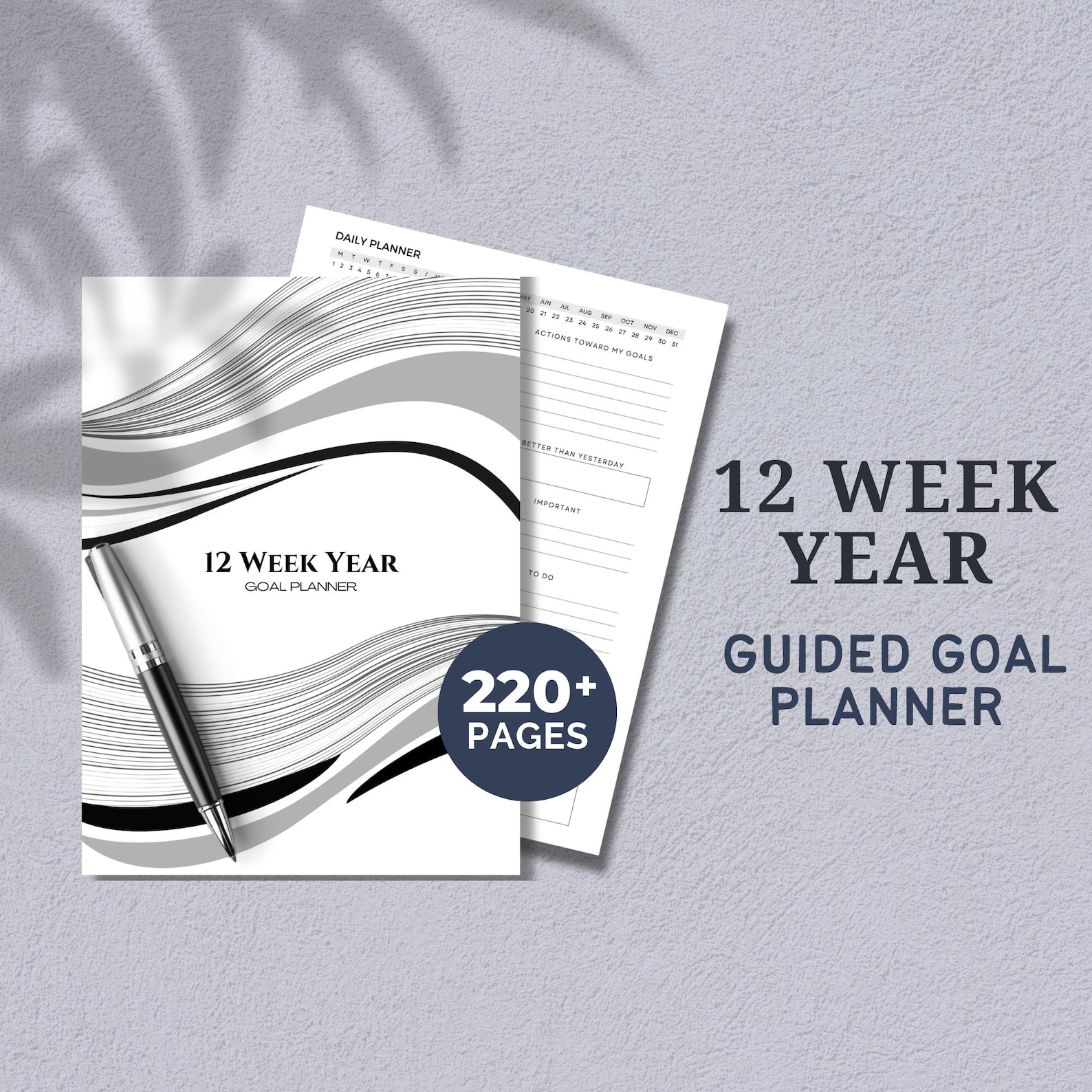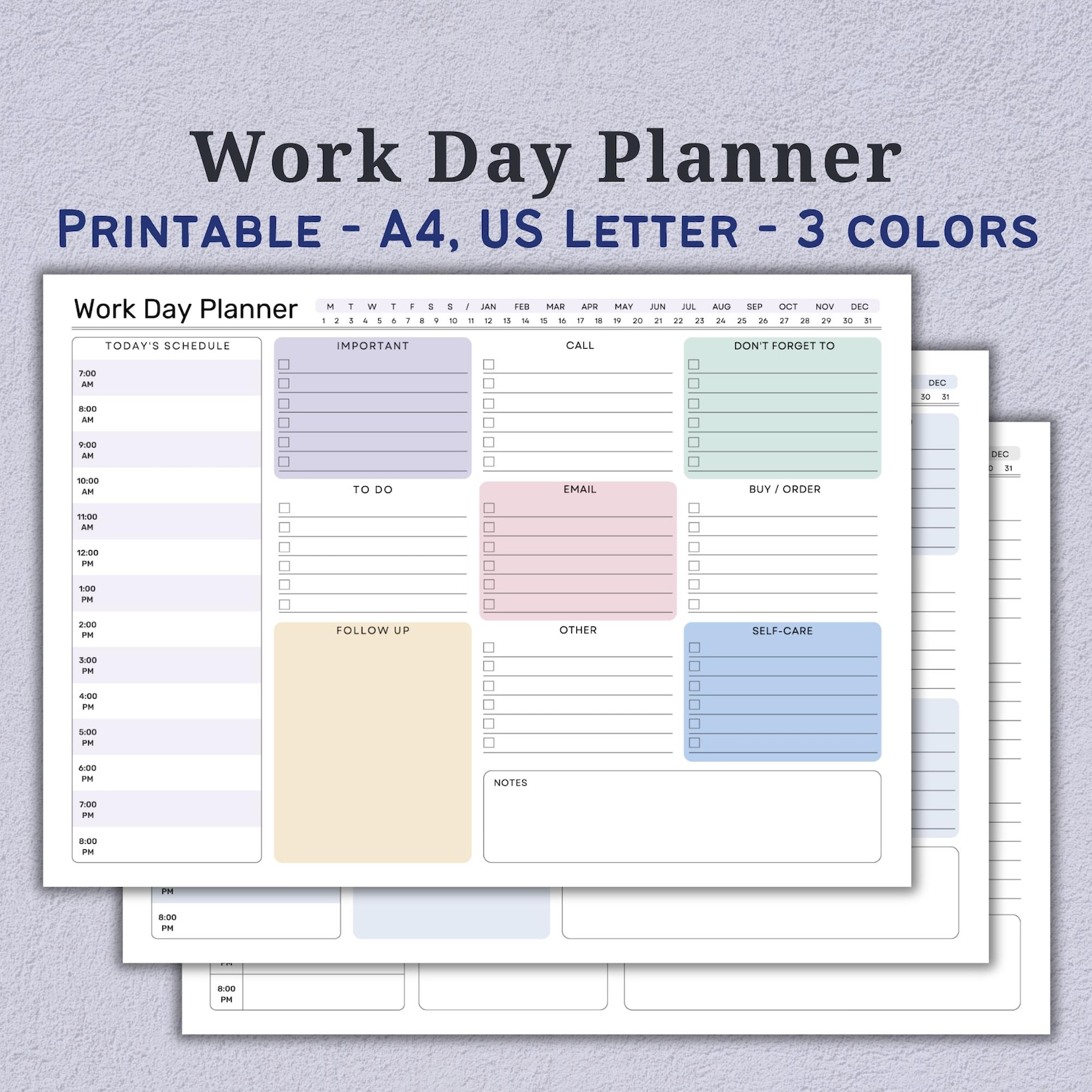At some point, most of us look in the mirror and think: “Is this really it?” Maybe your career feels unfulfilling, your routines drain you, or your goals no longer spark excitement. That’s not failure—it’s a signal. A sign that you’ve grown, evolved, and it’s time to reinvent yourself.
Reinvention isn’t about becoming someone else—it’s about realigning with your values, dreams, and potential. This guide will walk you step by step through the process of transformation, giving you not just ideas, but a practical action plan to create the life you know you’re capable of living.
Step 1: Reflect and Acknowledge Where You Are
Reinvention begins with awareness. Before you can move forward, you need a clear picture of where you currently stand—both the parts of your life that energize you and the ones that drain you. Many people rush into change without fully understanding their starting point, which often leads to repeating old patterns in a new form.
This step is about slowing down and getting radically honest with yourself. Instead of judging where you are, approach it with curiosity.
Ask:
What’s working well in my life right now? (What gives me joy, stability, or purpose?)
What feels unfulfilling, stagnant, or misaligned? (Where do I feel stuck, drained, or disconnected from my true values?)
Am I chasing goals that once mattered but no longer inspire me? (Am I living out of habit, obligation, or fear of change?)
What am I proud of—and what patterns do I keep repeating that I’d like to change?
Think of this step as taking an inventory: your relationships, career, health, habits, and inner beliefs. Awareness of both your strengths and your struggles gives you a solid foundation for meaningful reinvention.
Action Plan:
Daily Reflection Journal (7 days): Spend 10–15 minutes each evening writing about your day. Use prompts such as:
What gave me energy today, and what drained me?
→ Helps you notice patterns in activities, people, and habits that support or sabotage your well-being.When did I feel most like myself today?
→ Reveals moments of authenticity and alignment with your true self.What am I currently holding onto that no longer serves me?
→ Surfaces outdated goals, habits, or relationships that may be blocking reinvention.What’s one thing I’m grateful for—and one thing I wish were different?
→ Balances gratitude with honest self-awareness, preventing negativity while pointing out areas for growth.If I repeated today every day for the next year, where would I end up?
→ Forces you to zoom out and see whether your current choices are leading you toward or away from your desired future.
The “Keep, Change, Let Go” List:
Create three columns: Keep, Change, Let Go.
Under Keep: List the habits, people, and commitments that support your growth.
Under Change: Note the areas that could be improved with effort or adjustment.
Under Let Go: Write down what no longer serves you (toxic relationships, outdated goals, limiting beliefs).
Seek Honest Feedback:
Talk to a trusted friend, coach, or mentor and ask: “What do you see as my strengths? Where do you notice me holding myself back?”
Be open to perspectives you might not see yourself.
Create a ‘Life Snapshot’:
Rate the main areas of your life (career, health, relationships, finances, personal growth, fun) on a scale of 1–10.
This gives you a visual map of where you are thriving and where reinvention is most needed.
Don’t rush this step. It might feel uncomfortable to face truths about your life, but clarity is power. The more honest you are now, the easier it will be to design a reinvention plan that’s authentic and sustainable.
Step 2: Define Your Vision for the Future
Reinvention requires direction. Without a vision, it’s easy to drift aimlessly or fall back into old patterns. This step is about creating a vivid, motivating picture of your future self—the version of you who is already living the life you want.
Instead of vague goals like “be happier” or “get healthier,” imagine what your ideal life actually looks and feels like in detail. When you know exactly where you’re headed, decision-making becomes clearer, and motivation feels more natural.
Ask yourself:
What kind of work am I doing? (Does it inspire me? Does it match my talents and values?)
How do I spend my time outside of work? (What hobbies, passions, or activities fill my days?)
What do my relationships look like? (Who am I surrounded by? How do they support and inspire me?)
What is my ideal environment? (Where do I live, and how does my space reflect my identity?)
What values guide my choices? (Am I prioritizing freedom, growth, creativity, contribution, or something else?)
How do I feel day to day? (Peaceful, energized, purposeful, joyful?)
Your vision is not about perfection—it’s about alignment. The clearer and more specific it is, the easier it becomes to shape your habits and decisions around it.
Action Plan:
Write a “Future Self” Letter (5 Years Ahead):
Write a letter to yourself as if you’re already living your ideal life five years from now.
Describe your work, health, relationships, finances, and mindset in detail.
Be specific: “I wake up feeling energized in my light-filled home, spend mornings working on my creative business, and afternoons exploring with friends who challenge me to grow.”
Create a Vision Board:
Collect images, words, and symbols that represent your future self (physical board or digital tools like Pinterest/Canva).
Place it somewhere you’ll see daily—visual reminders keep your goals front of mind.
Identify Your Core Values (3–5):
Examples: freedom, growth, balance, adventure, love, authenticity.
Use these as your filter for future decisions: if an opportunity doesn’t align, it’s not part of your reinvention.
Build a Future Self “Snapshot”:
Write down how your future self looks in key areas:
Career
Health
Relationships
Lifestyle/Environment
Personal Growth
This snapshot becomes your north star.
Anchor Your Vision with Emotion:
Close your eyes, imagine yourself living that life, and focus on the feelings it creates.
Emotions drive action—when you feel connected to your future self, you’ll make choices that align with it.
Revisit your vision regularly. Reinvention is a journey, not a one-time shift. Your vision may evolve as you do.
Step 3: Identify the Gaps
With your vision defined, the next step is to measure the distance between where you are and where you want to be. Think of it as drawing a map: you’ve identified your destination (your future self), but now you need to chart the road from your current location to get there.
This stage is about honest evaluation—pinpointing the specific obstacles, limitations, and missing pieces that stand in the way of your reinvention. The clearer you are about your gaps, the more precise and effective your action plan will be.
Ask yourself:
Do I need new skills or education? (For example, if your future self runs a business, do you need to learn marketing, finance, or leadership?)
Do I need to let go of toxic habits or environments? (Are your daily routines, friendships, or workplaces aligned with your vision—or keeping you stuck?)
Do I need a stronger support system? (Am I surrounded by people who encourage my growth, or those who keep me in the past?)
Are my current beliefs limiting me? (Do I secretly doubt I’m capable of becoming the person I envision?)
What resources am I missing? (Time, money, energy, tools, or connections?)
This process isn’t about criticizing yourself—it’s about identifying what’s missing so you can close the gaps with purpose and strategy.
Action Plan:
Create a “Reality vs. Vision” Chart:
Draw two columns: Current State and Future Vision.
For each life area (career, health, relationships, lifestyle, mindset), describe where you are now and where you want to be.
Circle the differences—those are your gaps.
Break Gaps into Categories:
Mindset: Negative beliefs, self-doubt, fear of failure.
Habits: Daily routines or behaviors that either block or support progress.
Skills/Education: Knowledge or abilities you need to develop.
Environment: Your physical space, work, or social circles.
Relationships: Who supports you, and who may be holding you back.
Prioritize Your Gaps:
Rank them by urgency and impact. Ask: “If I fixed this gap first, how much closer would I be to my future self?”
Focus on the 1–2 biggest gaps first, instead of trying to fix everything at once.
Turn Gaps into Goals: for each major gap, write a simple, actionable statement.
Gap: I feel burned out and exhausted most days.
→ Goal: Commit to 7 hours of sleep nightly and add one weekly activity that restores my energy (yoga, nature walk, reading).Gap: I don’t have the skills needed for my desired career change.
→ Goal: Enroll in an online certification program within the next 30 days and complete one module per week.Gap: My current job doesn’t align with my values of freedom and creativity.
→ Goal: Start building a side project or freelance portfolio, dedicating 5 hours per week to transition toward a more aligned career.Set a Timeline:
Assign realistic deadlines for closing each gap. Some may take days, others weeks or months. Having a timeline makes reinvention measurable and trackable.
Think of gaps not as flaws, but as opportunities. Each gap is a bridge you can build—through learning, new habits, or supportive environments—that brings you closer to the life you want.
Step 4: Set SMART Goals
Change can feel overwhelming when it’s vague or too big to grasp. That’s why structure is essential. SMART goals—Specific, Measurable, Achievable, Relevant, and Time-bound—transform your vision into a clear roadmap.
Think of SMART goals as a bridge between your future self and your current self. They take lofty dreams and turn them into actionable steps you can follow day by day.
For example:
❌ “I want to be healthier.” (Too vague)
✅ “I will exercise for 30 minutes, 4 times a week, for the next 3 months.” (Clear, measurable, and time-bound)
When your goals are SMART, you remove the guesswork and give yourself a system to measure progress, celebrate wins, and adjust as needed.
Learn How to Set Goals: Step-By-Step Guide + Examples
Action Plan:
Choose 1–2 Goals per Life Area:
Career/Finances: Advance in your current role, start a side hustle, save for a specific milestone.
Health: Improve energy, fitness, or nutrition.
Relationships: Strengthen key connections, set boundaries, or meet new people.
Personal Growth: Develop a new skill, explore a hobby, or invest in self-care.
👉 Keep it simple—focusing on too many goals at once leads to burnout.Break Goals into Milestones:
Divide each big goal into smaller, bite-sized steps.
Example: If the goal is “Run a half marathon in 6 months,” milestones might include:
Month 1: Run 3 miles without stopping.
Month 3: Complete a 10K race.
Month 6: Run the half marathon.
Schedule Regular Check-Ins:
Weekly: Review progress, track wins, and adjust daily habits.
Monthly: Reassess milestones and celebrate small victories.
Quarterly: Evaluate whether goals are still aligned with your vision.
Make It Visible:
Write your goals down and place them somewhere you see daily.
Use tools like habit trackers, apps, or even sticky notes on your mirror to keep momentum.
Start small and build momentum. Achieving a few small goals creates confidence and motivation to tackle bigger ones. Reinvention isn’t about sprinting—it’s about steady, consistent progress.
Step 5: Build New Habits and Routines
Reinvention isn’t about one dramatic leap—it’s about the small, consistent actions you repeat until they shape your identity. Your future self is built by what you do daily, not occasionally.
Old habits often anchor us to the past, while new habits create the path forward. By designing routines that align with your vision, you set up a system that makes success feel natural rather than forced.
Instead of relying on willpower (which fades), focus on systems and structure that make good habits easier and bad habits harder.
Ask yourself:
Which habits keep me stuck in my old self? (e.g., doom-scrolling, procrastinating, skipping workouts)
Which habits would my future self practice daily? (e.g., reading, exercising, journaling, networking)
How can I design my environment and schedule to support these new behaviors?
Action Plan:
Start Habit-Stacking:
Pair a new habit with one you already do automatically.
Example: Meditate for 5 minutes after brushing your teeth. Write down 3 things you’re grateful for after your morning coffee.
Design Your Environment for Success:
Remove friction: If you want to eat healthier, keep fresh fruit on the counter and hide the chips.
Add triggers: Lay out workout clothes the night before, keep a journal by your bed, or set reminders in your calendar.
Track Progress visibly:
Use habit trackers, journals, or apps to measure consistency.
Seeing progress builds momentum—crossing off a habit daily creates a psychological reward loop.
Find Accountability:
Share your goals with a friend, coach, or online community.
Join a challenge, mastermind group, or accountability partnership.
External accountability doubles your likelihood of sticking with new habits.
Reward Consistency, Not Perfection:
Focus on “never missing twice.” If you skip a day, get back on track immediately.
Celebrate progress: small rewards (like a treat, a break, or recognition) reinforce the behavior.
Remember, lasting habits are about frequency, not flawless execution.
Automate Where Possible:
Use tools like automatic savings transfers, scheduled workouts, or calendar reminders.
The less you leave to chance, the more likely you are to follow through.
Habits compound over time—just like interest. A small positive habit may not feel powerful today, but over months and years it can completely redefine your life.
Step 6: Rewire Your Money Mindset
Money is one of the biggest obstacles people face when reinventing themselves. Financial fears—whether it’s the fear of not having enough, losing stability, or starting over—can hold you back from pursuing the life you truly want.
But here’s the truth: money is not just about numbers, it’s about mindset. If you see money only as a source of stress, you’ll feel trapped. If you see money as a tool for freedom, growth, and choice, it becomes fuel for reinvention.
Upgrading your money mindset doesn’t mean chasing endless wealth—it means creating a healthy, intentional relationship with money that supports your future self.
Ask yourself:
What beliefs about money have I inherited (e.g., “money is hard to come by,” “I’m not good with money,” “I need more to be secure”)?
Do my current spending and saving habits align with the life I want to build?
Am I using money as a tool to grow—or letting fear of it limit my choices?
Example: Creating a savings cushion makes a career shift less stressful, because you know you can take risks without immediate financial pressure.
Action Plan:
Audit Your Finances Honestly:
Track your income, expenses, debts, and savings for the past 1–3 months.
Identify leaks—spending that doesn’t serve your values or future self.
Ask: Is this purchase helping me move toward or away from my reinvention?
Build an Emergency Fund (3–6 Months):
Start small if needed: even $20–$50 per week builds momentum.
Automate transfers so saving becomes effortless.
This cushion reduces fear and gives you flexibility to take bold steps.
Align Spending With Your Future Self:
If your future self values health, invest in quality food or fitness.
If freedom is a core value, prioritize savings and reduce debt over impulse buys.
Redirect money from “old self” habits (e.g., late-night online shopping) into investments that serve your reinvention.
Shift From Scarcity to Abundance Thinking:
Replace thoughts like “I can’t afford that” with “How can I afford that in a way that aligns with my priorities?”
Practice gratitude for what you already have—it rewires your brain to see opportunities instead of lack.
Invest in Your Growth:
Allocate part of your budget for personal development: courses, books, coaching, or tools that build your skills.
Think of it as “future-self spending”—you’re not just spending, you’re planting seeds.
Create a Long-Term Money Vision:
Define what financial freedom looks like for you (it’s different for everyone).
Does it mean being debt-free, having location independence, retiring early, or simply not worrying about bills?
Use this vision as your compass for money decisions.
Your money mindset isn’t fixed—it’s shaped by habits, beliefs, and choices. Start small, build trust with yourself, and remember: every dollar you manage intentionally is a step toward the life you’re reinventing.
Step 7: Embrace Resilience and Adaptability
Reinvention is not a straight line—it’s a winding path full of detours, setbacks, and surprises. You may set out with a clear plan, only to encounter resistance, self-doubt, or unexpected life events that push you off course. That’s normal.
What separates those who succeed from those who give up is resilience (the ability to bounce back) and adaptability (the ability to adjust without losing sight of your vision).
Learn How to Become Resilient – 10 Proven Strategies
Instead of viewing obstacles as proof you’re failing, see them as evidence you’re growing. Every setback carries lessons that refine your path. Reinvention is less about “never stumbling” and more about learning how to stumble forward.
Ask yourself:
How do I typically respond when things don’t go as planned?
Am I willing to adjust my approach without abandoning my vision?
Do I see challenges as barriers—or as opportunities to strengthen myself?
Action Plan:
Develop a Growth Mindset:
Reframe failures as feedback: Instead of “I failed,” say, “I learned what doesn’t work yet.”
Keep a “lessons journal” where you jot down what each challenge taught you.
Practice Stress Management & Self-Care:
Prioritize sleep, movement, and nourishing food to keep your energy stable.
Use mindfulness, meditation, or journaling to process emotions instead of suppressing them.
Build Your Support System:
Share your struggles with people who encourage, not criticize.
Join groups, masterminds, or communities where others are also pursuing growth.
Revisit and Refine Your Vision Regularly:
Life will change, and so will you. Review your vision quarterly to ensure it still reflects your true values and goals.
Don’t be afraid to pivot—adaptability keeps you aligned with who you are becoming, not who you used to be.
Strengthen Your “Bounce-Back” Routine: when you hit a setback, follow a 3-step reset:
Pause and acknowledge the setback without judgment.
Identify one lesson or insight from the experience.
Take one small action to get back on track immediately.
Think of yourself like bamboo—flexible enough to bend in strong winds, yet resilient enough not to break. The more you train your mind and body to adapt, the faster you’ll bounce back and keep moving toward your reinvention.
At the end of the day, reinvention is not about chasing perfection—it’s about living in alignment with your values, passions, and purpose. You don’t need to have it all figured out to begin.
All you need is the courage to take the first step, the resilience to keep going, and the belief that your future self is waiting for you on the other side of change.

.png)
.png)
.png)


.png)
.png)


.png)







.png)



0 Comments